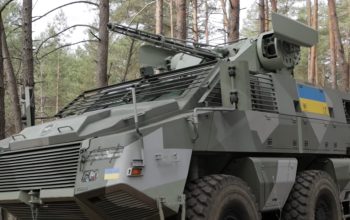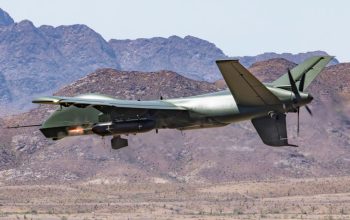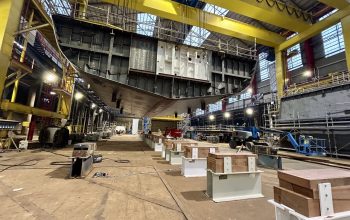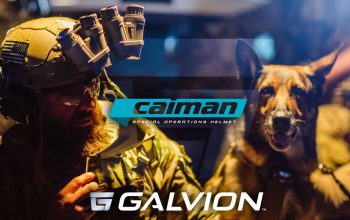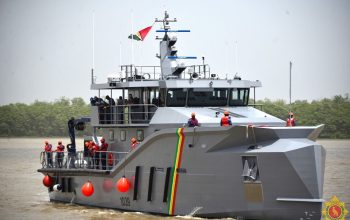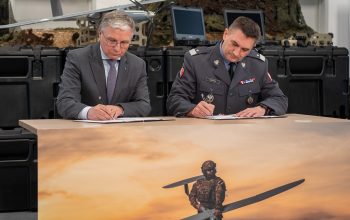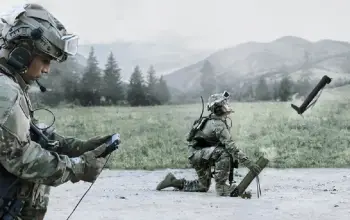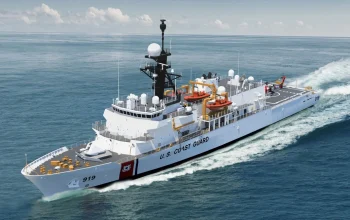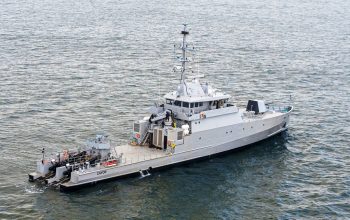Royal Australian Navy HMAS Ballarat’s first patrol is part of a nine-month rotation that will see her cover 3.2 million square miles of international waters on a mission to contribute to the maritime security and stability of the region. This is the 67th rotation of a Royal Australian Navy ship in the Middle East since the first Gulf War in 1990. As designed, the main armament for the HMAS Ballarat’ is a 5-inch 54 calibre Mark 45 gun, supplemented by an eight-cell Mark 41 vertical launch system, two quad-canister Harpoon anti-ship missile launchers , two 12.7-millimetre (0.50 in) machine guns, and two Mark 32 triple torpedo tube sets (initially firing Mark 46 torpedoes, but later upgraded to use the MU90 Impact torpedo).
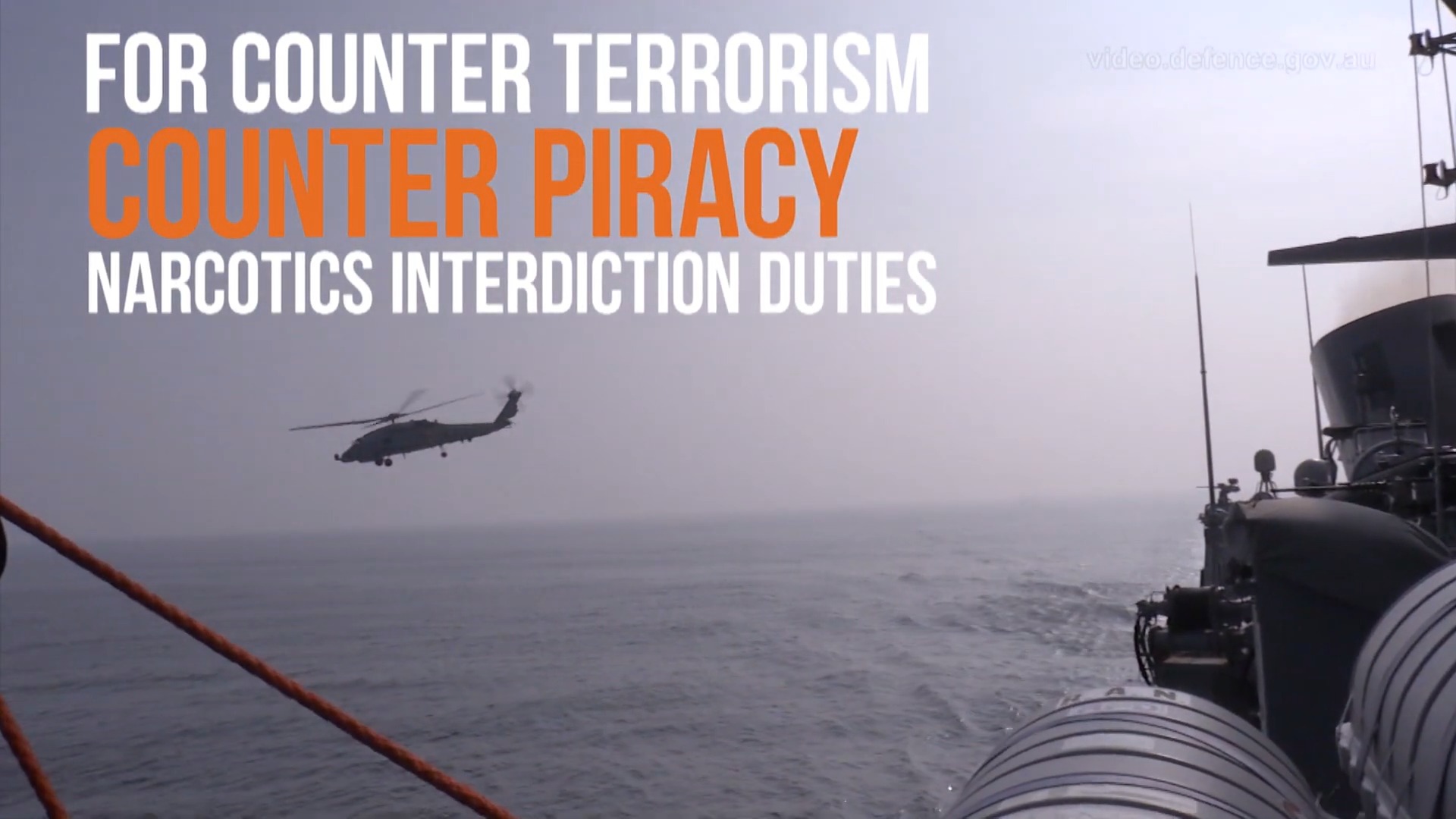
HMAS Ballarat (FFH 155) is an Anzac-class frigate of the Royal Australian Navy (RAN). The frigate was laid down in 2000 and commissioned into the RAN in mid-2004. Since entering service, Ballarat has been involved in border protection as part of Operation Relex II, was deployed to the Gulf for Operation Catalyst, and was one of the two ships involved in the Operation Northern Trident 2009 round-the-world voyage. Ballarat has undergone the Anti-Ship Missile Defence (ASMD) upgrade, completing in 2015.

The Anzac class (also identified as the ANZAC class and the MEKO 200 ANZ type) is a ship class of ten frigates; eight operated by the Royal Australian Navy (RAN) and two operated by the Royal New Zealand Navy (RNZN). During the 1980s, the RAN began plans to replace the River-class destroyer escorts. Around the same time, the RNZN was seeking to replace their Leander-class frigates while maintaining blue-water capabilities. As both nations were seeking warships of similar capabilities, the decision was made in 1987 to collaborate on their acquisition. The project name is taken from the Australian and New Zealand Army Corps of the First World War.


